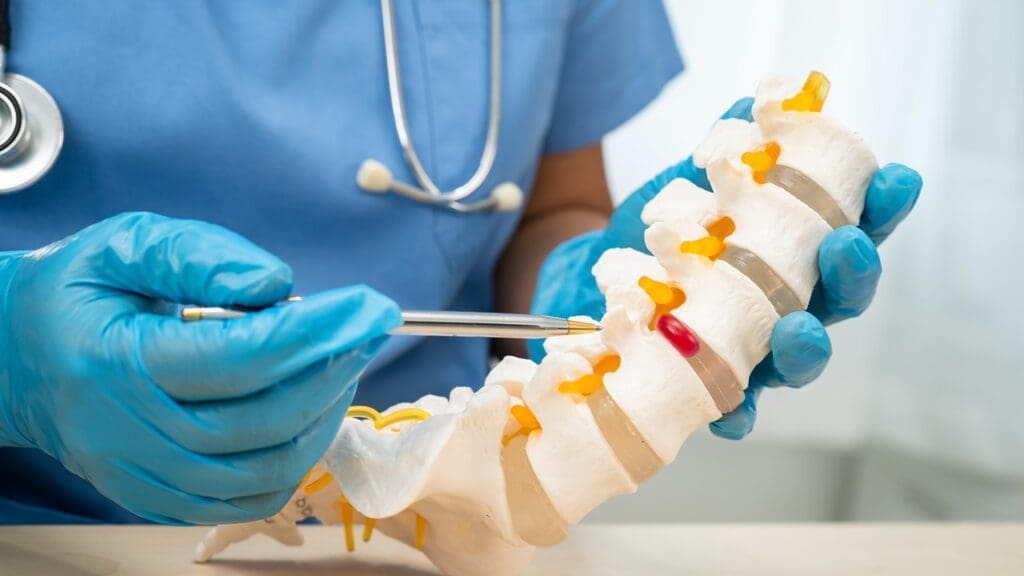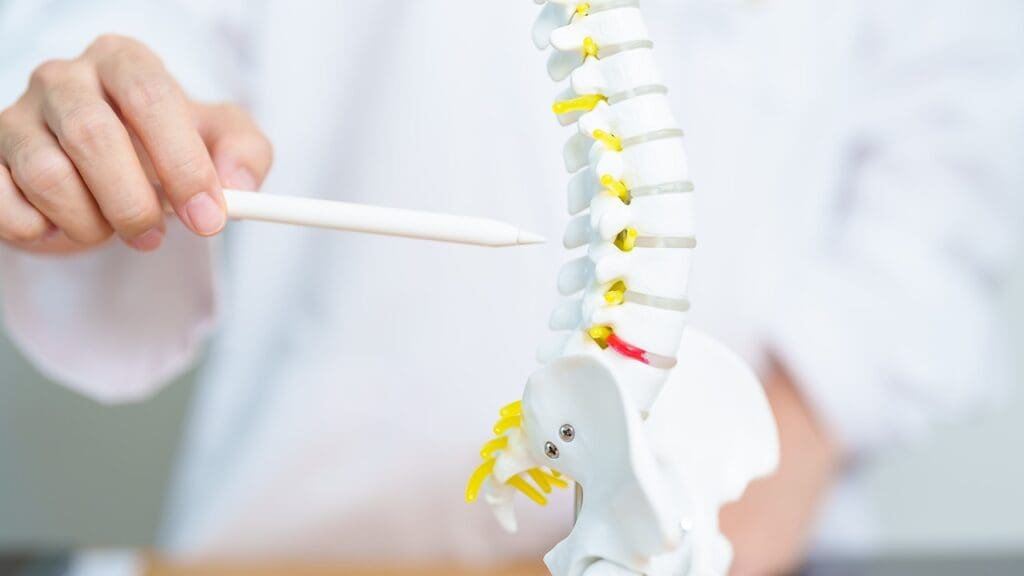What Does the Spinal Cord Do?
Spinal cord functions play a vital role in connecting the brain to the rest of the body and managing essential automatic processes. The spinal cord is not part of the brainstem, but rather a separate structure that transmits signals between the brain and the body. Its neurons control many automatic functions of the body, including breathing, regulation of heart rate, blood pressure, swallowing, vomiting, coughing, sneezing, and certain eye movements such as blinking.
The spinal cord begins at the base of the brainstem and is linked to different parts of it. Nuclei within the lower brainstem, especially the medulla oblongata (also known as the medullary bulb or spinal bulb), are responsible for regulating sleep, wakefulness, and several automatic functions.

What Does the Spinal Cord Control?
Much of the this structures role involves relaying information between the brain and the body, making it subject to brain influence. However, the spinal cord is also capable of generating certain reflexes on its own, without input from the brain. These spinal reflexes are classified as either monosynaptic or polysynaptic:
- Monosynaptic Reflexes: Only two neurons are involved in a monosynaptic reflex arc: one sensory neuron and one motor neuron. The sensory neuron detects stimuli from the muscle and transmits this information directly to the motor neuron that controls the same muscle. The motor neuron then signals the muscle to contract. A common example of a monosynaptic reflex is the stretch reflex.
- Polysynaptic Reflexes: Polysynaptic reflexes involve multiple active neurons. In addition to a sensory neuron and a motor neuron, one or more interneurons facilitate communication between them. These reflexes are more complex than monosynaptic reflexes because they typically involve entire muscle groups, rather than just individual muscles. An example of a polysynaptic reflex is the withdrawal reflex.
What Happens If the Spinal Cord Is Injured?
Spinal cord functions are essential for transmitting nerve signals throughout the body and maintaining normal movement, sensation, and automatic bodily processes. The spinal cord is a structure that relays information between the brain and the rest of the body while also controlling movement, sensation, and automatic functions such as heart rate, breathing, and bladder and bowel control. If it is damaged, permanent changes can occur in bodily functions below the site of injury. The severity of these changes depends on the location and extent of the damage. These injuries can lead to alterations in movement, sensation, bowel or bladder control, reflexes or muscle spasms, and may cause loss of sexual function and fertility. Beyond the physical effects, such injuries can also impact mental, emotional, and social well-being.
What Are Spinal Cord Disorders?
The spinal cord is a bundle of nerves that runs down the center of your back. It serves as a communication link, carrying signals between your body and your brain, and controls your movements as well as automatic functions like heart rate, breathing, and bladder and bowel control. There are several diseases and conditions that can affect the spinal cord. Some of these include:
- Spinal Cord Tumors: These are abnormal growths that develop within or around the this structure. They may be cancerous (malignant) or non-cancerous (benign) and can cause symptoms such as pain, numbness, or weakness.
- Spinal Cord Infections: This structure infections can be caused by bacteria, viruses, or fungi. Common symptoms include high fever, headache, and neck stiffness.
- Inflammatory Diseases: Inflammatory diseases develop when the immune system attacks the this structure, leading to inflammation and potential damage. Examples include multiple sclerosis and transverse myelitis.
- Autoimmune Diseases: These are conditions in which the immune system attacks healthy cells in the body, including those in the this structure. Examples include lupus and Sjögren's syndrome.
- Degenerative Diseases: These are conditions in which the this structure progressively deteriorates, resulting in symptoms such as pain, numbness, and weakness. Examples include amyotrophic lateral sclerosis (ALS) and spinal muscular atrophy. Damage to the it can lead to these types of disorders.
What Is Spinal Cord Injury?
A spinal cord injury occurs when this structure is damaged, disrupting essential spinal cord functions and breaking communication between the brain and the rest of the body. The symptoms and their severity depend on the location and extent of the injury. These injuries can cause changes in movement, loss of sensation, and difficulties with bladder and bowel control. Additional effects may include the loss of certain reflexes, muscle weakness or spasms, emotional challenges, and reduced ability to interact socially. People with such injuries often experience significant impacts on both their physical and emotional well-being.

Why Does the Spinal Cord Hurt?
Back pain can sometimes be linked to issues affecting the spinal cord. The following conditions are commonly associated with this type of pain:
- Tension in Muscles or Connective Tissue: Sudden movements can sometimes strain or injure the muscles or ligaments in the back, leading to painful muscle spasms.
- Swelling or Tears in Discs: The structures in the spine that serve as cushions between the bones are called discs. If the soft inner part of a disc becomes swollen or develops a tear, it can put pressure on nearby nerves, resulting in back pain.
- Osteoporosis: Osteoporosis weakens the bones, making them more susceptible to fractures, which can be especially painful when they occur in the spine.
* Liv Hospital Editorial Board has contributed to the publication of this content .
* Contents of this page is for informational purposes only. Please consult your doctor for diagnosis and treatment. The content of this page does not include information on medicinal health care at Liv Hospital .
For more information about our academic and training initiatives, visit Liv Hospital Academy
Frequently Asked Questions
What are the main functions of the spinal cord?
It carries messages between the brain and the body.
How does the spinal cord help with movement?
It sends signals that control voluntary motions like walking and lifting.
Does the spinal cord control reflexes?
Yes, it produces automatic reflexes such as the knee jerk and withdrawal reflex.
How does the spinal cord affect sensation?
It delivers sensory information like touch, pain, and temperature to the brain.
Does the spinal cord help regulate autonomic functions?
It helps manage automatic processes, including heart rate, breathing, and blood pressure.
What happens if the spinal cord stops working properly?
Loss of movement, sensation, or coordination may occur, depending on the injury site.
Can the spinal cord work without the brain?
It can perform certain reflexes independently, without brain involvement.
How does the spinal cord support balance?
It coordinates muscle responses that help maintain posture and stability.
Does the spinal cord play a role in organ control?
Yes, it influences bladder, bowel, and some sexual functions.
Why are spinal cord functions important?
They ensure smooth communication between the brain and body, enabling normal daily activities.


